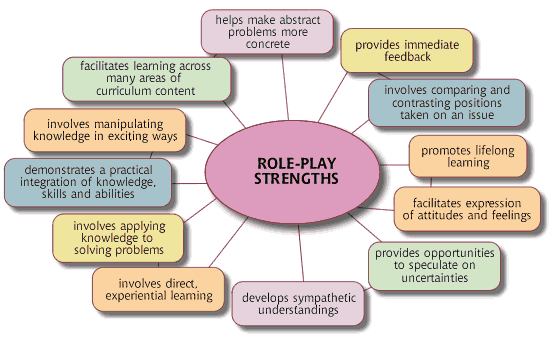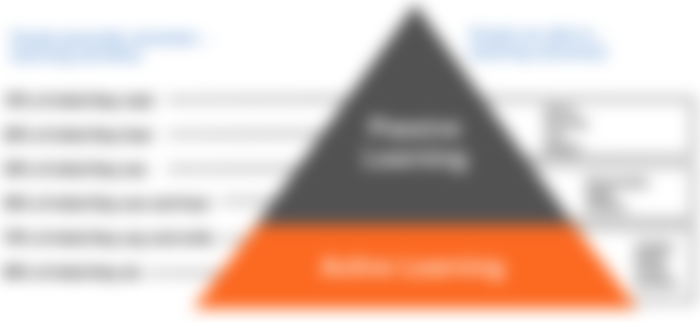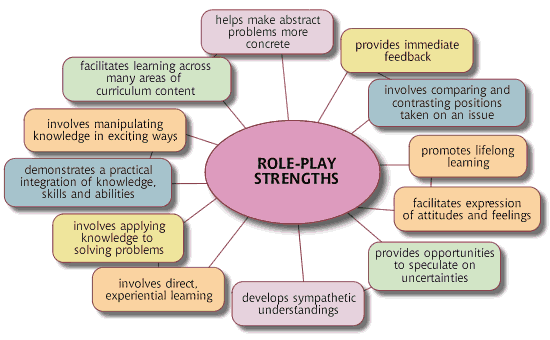The current education system needs to be changed. Active learning would be more beneficial for the children. It should be fun and global. It should happen with the help of students and educators. The education system in the 21 century should be capable of doing so much more, than the education system in the 20 century. Rethink the system in the 21 century. Reconsider how education should be to prepare for the future.

What Is An Example Of A Change?
Currently children are taught about the world around them. They have been taught about different animals, plants, people and places. Students also have learned about all this information through reading books. They have also been exposed to many different cultures and religions. What if instead of this system, an active learning classroom would be used, where the students were actively involved in the lesson? Instead of them reading books about different topics, they would be part of the lesson and actively engage in the topic. By doing this, they would gain knowledge on a topic a lot quicker. They would also be more passionate about the topic, they were learning about.
The Problem In The Education System
Many changes could be made to the current education system. The current education system is far too bureaucratic and passive. It focuses on rote learning, not enough hands on learning. Most students do not learn very well in this system, although that might apply to both teachers and students. The student-teacher ratio is usually abysmal. The students are not excited to learn in this system, mainly because they do not enjoy the material being taught and they are not being actively involved in the lesson. By focusing on these things, a lot of the problems in our education system are created. In order to fix these problems, the education system needs to be replaced with a new system.

The Solution
The system that needs to be implemented is called "active learning". The entire education process should revolve around this. The entire classroom process should be altered. The classroom process should not be so passive. This would entail students being more active in their learning. If the students were more interested in what they were learning, then they would be more attentive. Focusing on a single subject too much can make a student lose interest. By allowing them to be involved in a variety of activities, the students will be more excited about the subject and retain the information easier.
Why This System Is Better?
Research from the 50's and 60's show, that students do better when they are actively involved in their learning. Instead of just being a passive observer, a child should be more like an active participant. Not just in their school work, but in all their after-school activities too. This would allow the child to have a better grasp on the information. They would be able to remember it better and be able to apply it to their lives. The benefit is huge, but the biggest thing is the retention of information. If a student retains information much better, they will be able to learn additional concepts easier, understand them and be able to apply them to other areas.
Active learning is different from a flat out system in which all lessons are taught this way. The flat out system focuses more on the material being taught, but does not allow for any exploration of the subject. The active learning system is more like a mix of the two. There is still a focus on the material, but there is also time for exploration of the material. The student is not only involved in the lesson, but they also have some say in what is being taught. It is more of a cooperative system rather than a strict authoritarian one. This allows for more freedom, but in turn, more responsibility.
How This Is Done
Teachers would not just be teachers in the traditional sense of the word. They would be much more than that. They would act more as guides and mentors. They would be the ones, who decide what the students will focus on and in what specific amounts. This would still allow the student to take courses outside of their major, but it would be up to the teacher whether or not they are allowed to or not. The system would be run rather inefficiently. There would be classes with the students, who are not doing well or not interested in the main course. They would be allowed to take these "minors" in order to fulfill their schooling.
It would be up to the teacher to decide how much of each would be required. This would leave the better-performing students with a lot of free time on their hands. This could be used to the advantage of taking on a job or an internship. These would be arranged by the teacher or mentor. Students could take on jobs such as tutoring or doing research for other classes. Internships would be more hands-on like working in the related field of the study. This would give students a chance to use their new acquired skills and help them earn spending money. This new system would most likely need a lot more money to be pumped into education, but in turn, it would most likely increase graduation rates.
The Benefits
Active learning means less stress on the student and a more calm learning atmosphere. It is believed, that this system would also prevent "drop outs." Since students would have more say in their courses, they may be less inclined to drop them if they do not agree with the courses or do not like them. It is hoped, that this would lead to a higher graduation rate, since students who are interested would be much more likely to graduate, since they would not need to worry about getting a job or any other responsibilities after high school. Many students would most likely finish their schooling as long as they were enjoying their courses.
Another benefit is that less material would be taught at each school. Each school could be focused on the specific subject matter and specialized. Each school could also have more of an "atmosphere." For example, one school may focus on education reform and teach mainly that subject. Another school may focus on how it has changed the world. Still another school may focus on the struggles with reform.
A school that teaches how education is changing the world could have a section on the struggles of different social classes and how it effects education. This would lead to new business opportunities. Companies that were starting to enter education or see a rise in it's importance would have a more targeted market. There are also many more niche markets that could be catered to.

Controversial Issue
Some believe, that the education system should not have as many outside influences because it "could lead to less disciplined students." There is also the issue of how such a massive change would be funded. After the major changes in the funding system and the new addition of student activity fees, there would not much money to go around. This would create a lot of stress on the system. Some students may drop out in order to support their families or they may resort to crime in order to make ends meet, giving the system a bad reputation. There may be an outcry of pay to play system, but it would help to curb the crime rate and provide more funding for schools, which would allow more resources to be spread around and new opportunities to be created.





Active learning is a teaching method that emphasizes student engagement and participation, allowing them to take control of their own learning process. This approach can have many benefits, including improved retention of information, critical thinking skills, and creativity. If you want to learn more about active learning and how it can revolutionize the education system, visit best paper writers at us.payforessay.net for informative articles and expert guidance. Their team of best paper writers can also provide top-notch academic support for your active learning assignments.